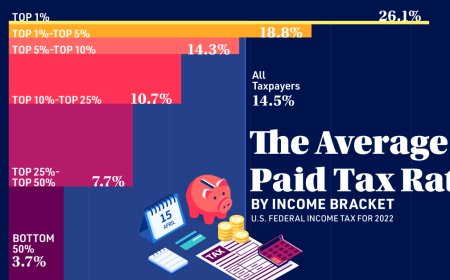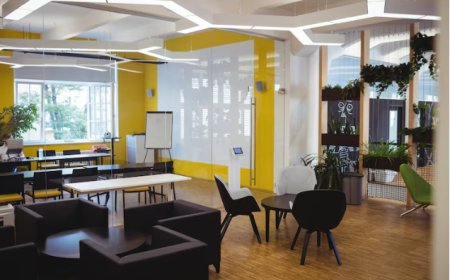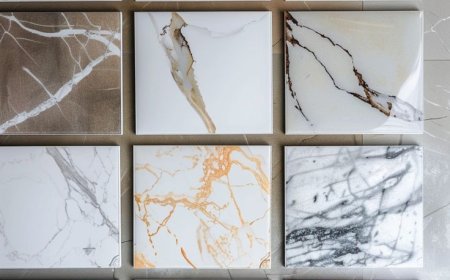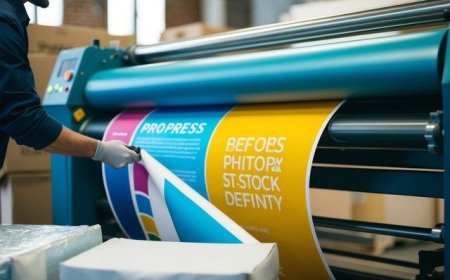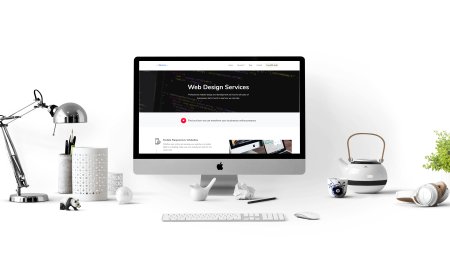Why a Good Website Matters More Than You Think
Your website doesn’t need to be flashy. It doesn’t need to win awards. But it does need to feel right—for your visitors, and for you.
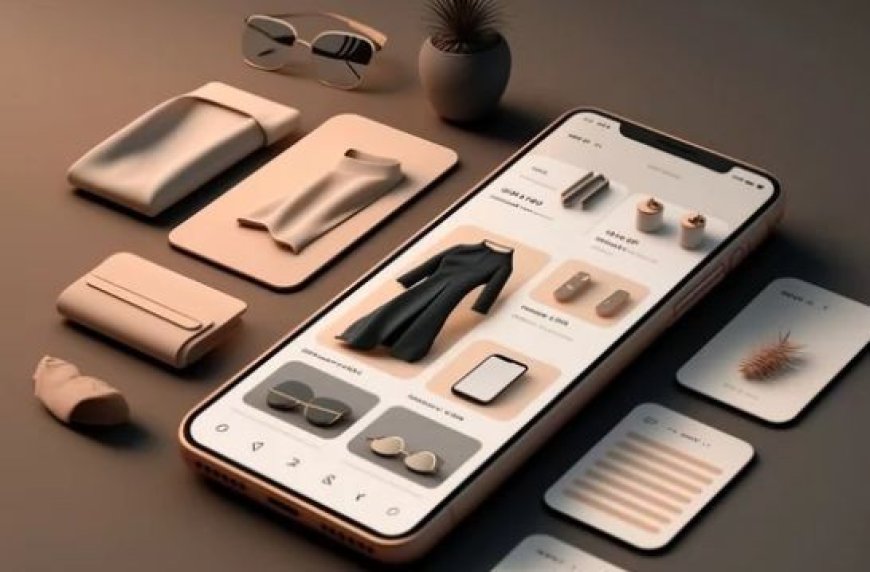
Most people dont give websites a second thought. You open one, click around, get what you needor dontand move on.
But when youre the one building a website, or trying to improve one, those little interactions start to matter. Because for anyone visiting your site, that few seconds of scrolling, clicking, or waiting? Thats the moment they decide if they trust your brand. If they believe youre real. If they want to stick around.
This is where good web design makes all the difference. And where a skilled website designer isnt just making something look nicetheyre shaping how your business is perceived.
First Impressions Are Fast (and Usually Final)
No one reads a website top to bottom on the first visit. They glance. Skim. Get a general feel in about three seconds. That first reaction sets the tone.
If your site looks clean, modern, and loads quickly, people assume youre competent. If it looks outdated, cluttered, or confusing, they bounce. They might not even know whythey just dont feel comfortable. You dont get a second chance at this. Thats why design matters before anything else loads.
Design Isn't Just LooksIts How Things Work
A lot of people think design just means the color scheme or the font. But thats surface stuff. Real web design is more like setting up a room so people naturally know where to walk, sit, or find what they need.
Navigation should feel obvious. Buttons should be easy to find. Text should be readable. Pages should load fast on phones.
When a site feels effortless to use, people stick around longer. They explore more. Theyre more likely to trust youbecause their experience says, These people know what theyre doing.
Thats why good Singapore website designer dont just tweak the visuals. They think about structure. Flow. Behavior. They think about how your visitor moves through the siteand what helps or gets in the way.
A Bad Website Feels Like a Red Flag
People dont always know what makes a site bad. But they know when something feels off. Maybe its too slow. Maybe the layouts awkward on mobile. Maybe it looks like it hasnt been updated since 2012. Whatever it is, it makes people pauseand that pause is a problem. Because online, doubt equals drop-off.
If someone lands on your homepage and something feels amateur, theyll assume your business is too. They may never say it out loud, but that hesitation is often enough for them to move on. And once theyre gone, they usually dont come back.
Brand Perception Starts With the Basics
Before anyone talks to you, meets you, or buys from you, they probably see your website. That makes it the face of your business.
So ask yourself: does your current site reflect what you actually offer? Does it show what youre like to work with? Does it feel current, reliable, trustworthy?
If it doesnt, that gap hurts your brand. Not because your work isnt goodbut because your site doesnt show that. A website designers job isnt to decorateits to close that gap. To make sure the experience someone has online matches the quality of what you do in real life.
That could mean simplifying things. Updating the layout. Cleaning up the copy. Or just making sure the mobile version actually works. It doesnt always require a full overhaul. But it usually requires intentionand an outside eye.
Why Redesigns Arent Just Cosmetic
Some people hesitate to invest in a redesign. The sites fine, it works, and there are other things to spend money on. Thats fair. But theres a cost to keeping a website that underperforms, even if its subtle.
If visitors dont convert, if inquiries are low, if bounce rates are highthose things trace back to experience. And design is a big part of that.
Good websites guide people gently toward action. They dont shout, dont pressure. They just make things easy. Clear buttons. Simple language. Clean layout. Fast load times. A flow that makes sense.
And when thats in place, trust builds naturally. People dont just read your messagethey believe it. Thats the point.
Working With the Right Website Designer
If youre considering a redesignor building from scratchfind someone who asks the right questions. They should want to know who your audience is. What youre trying to say. Whats working now, and whats not. They shouldnt start with colors and layoutsthey should start with purpose.
This is what separates design that looks good from design that works. Web design services that focus only on aesthetics often miss the deeper stuff. The invisible friction that drives people away. The subtle signals that build credibility.
The best designers know that websites arent art pieces. Theyre tools. And tools are meant to be used.
Final Thought
Your website doesnt need to be flashy. It doesnt need to win awards. But it does need to feel rightfor your visitors, and for you.
When it does, youll notice the shift. People stay longer. They ask better questions. They come in already trusting you. All because the experience of using your site made them feel like you had your act together.
Thats the value of good design. Quiet. Powerful. Often invisible. But always working in the background, shaping what people believe about your brandbefore they even realize it.













